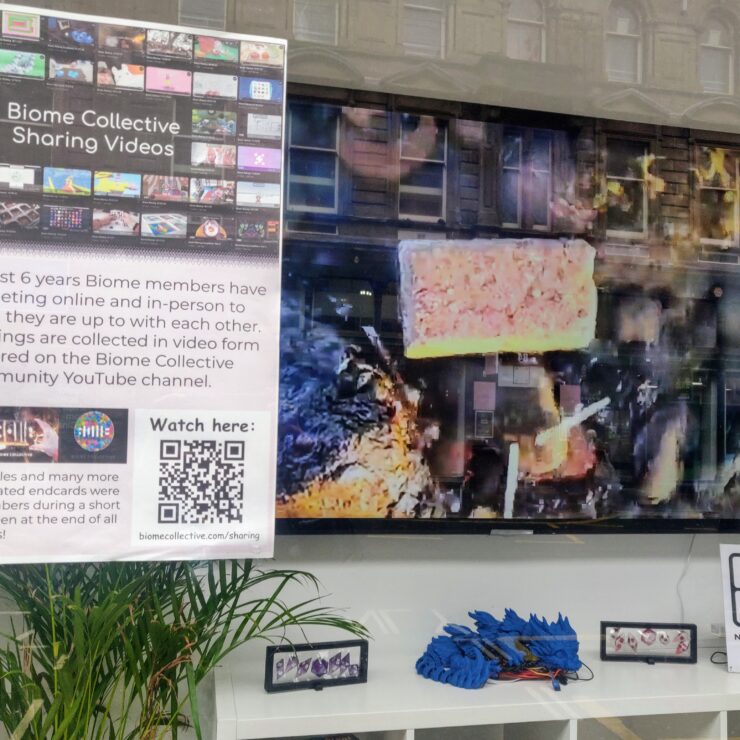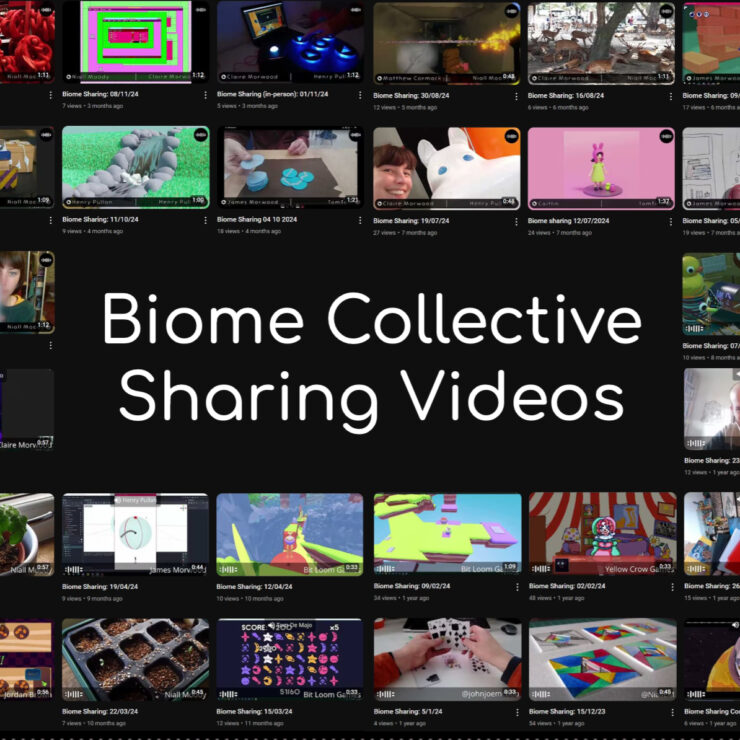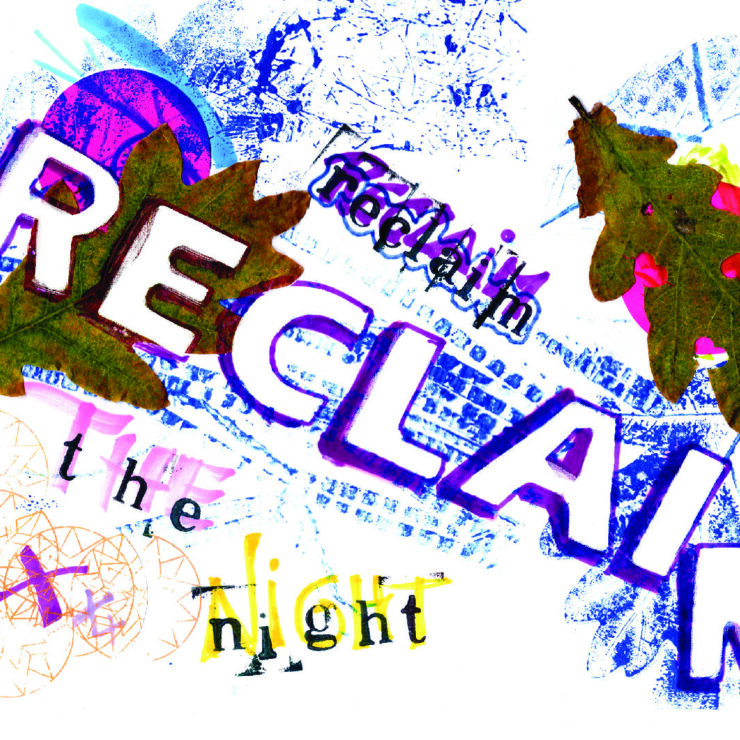Given to Chance: Indeterminacy/Share Commission

NEoN Digital Arts is collaborating with the AHRC funded research project The Future of Indeterminacy: Datification, Memory, Bio-Politics, DJCAD, University of Dundee, and Nomas in central Dundee to host an exhibition featuring five commissioned artworks that suggest connections and commonalities between sharing and indeterminacy. We casually use the word ‘share’ to describe distributing images, stories and info across social media networks, sharing suggests ownership, and yet inclusivity, generosity, accessibility, and holding in common. “Indeterminacy” designates the interplay of design and chance, system and impulse, repeatability and is a vibrant dynamic of change. From an international open call for early career media artists, we invited four artists and one artist duo to develop new works to be showcased in the window spaces of Nomas.
Location: Nomas* Projects, 9A Ward Road, Dundee, DD1 1LP.
Exhibition Dates: 12-30 November 2020, 24hrs.
About the Artists
Jennifer Gradecki and Derek Curry collaboratively present their project Going Viral. Jennifer Gradecki is an artist-theorist whose work facilitates a practice-based understanding of socio-technical systems that evade public scrutiny. Her investigations have focused on Institutional Review Boards, financial instruments, technologies of mass surveillance, and artificial intelligence. Derek Curry is an artist-researcher whose work addresses spaces for intervention in automated decision-making systems. Recent work has addressed automated decision-making processes used by automated stock trading systems and Open Source Intelligence (OSINT).
Enorê is an interdisciplinary artist from Rio de Janeiro, Brazil, currently based in London, where they’ve recently completed their MFA in Fine Arts at Goldsmiths. In their work they think about what it means when subjectivity is replicated, dispersed and diluted through digital media. They’re also particularly interested in digital technologies’ role in shaping visibilities and how this relates to the reinforcement of power structures, especially when it comes to identities that have been historically marginalised and their representations.
Dina Kelberman is a multi-media artist based in Los Angeles, CA. Much of her work comes out of a tendency to meticulously collect and organise imagery from the commonplace surroundings of everyday life. In 2018 she was invited to speak at the UbuWeb conference in Athens and the Post-Photography Prototyping Biennial in London. She is currently ranked 5th in the world for Most Lines in Tetris for the Nintendo Entertainment System.
Martin Disley is an artist and technology researcher based in Edinburgh, Scotland. His work develops out of a practice of counterfoil research into advanced technologies, with a current focus on machine vision technology. He was previously artist-in-residence at the National Library of Scotland where his work sought to re-establish a critique of cartography as a technology, exposing its potential to advance both truth and lies, by training neural networks to produce convincing fake maps in styles of the libraries collections.
Sarah Groff Hennigh-Palermo is a video artist, programmer, and erstwhile data designer. Her work focuses on using the digital in a manner that can transcend its squalid and militaristic roots and reach out towards the sublime. She has created data-obscured art sites, new computer languages, and hybrid nostalgia machines, and has been known to perform at the visualist for livecode collective Codie.
Special thanks to the curatorial team: Joseph DeLappe, Laura Leuzzi, Adam Lockhart, and Natasha Lushetich. And to our installation team: Adam Lockhart and David “Cully” McCulloch.



